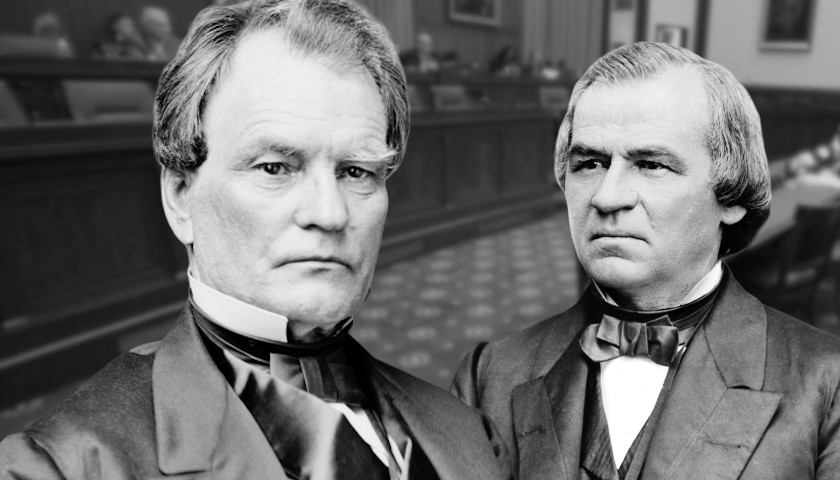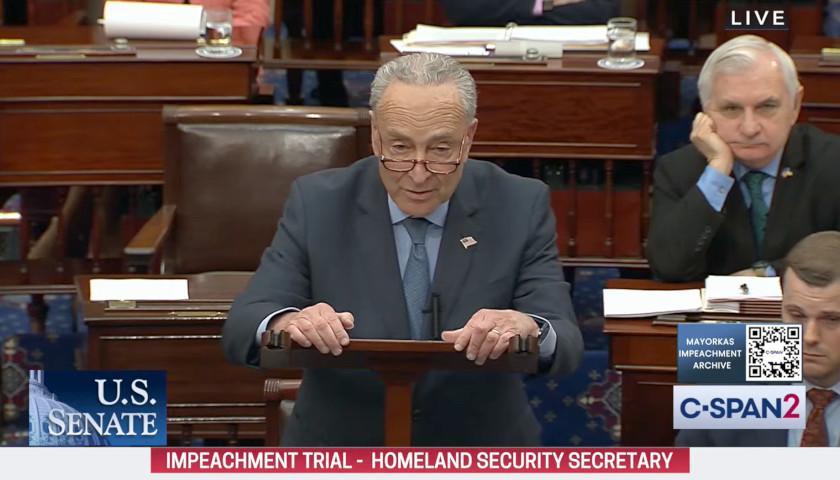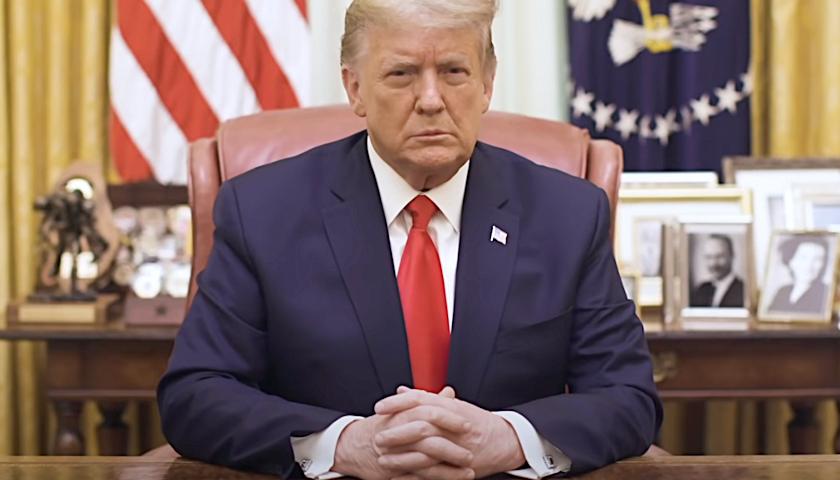U.S. Senator Benjamin Wade of Ohio – the chamber’s president pro tempore – for a time stood one vote away from becoming president in the Senate’s impeachment trial of Andrew Johnson in the wake of Abraham Lincoln’s assassination.
As the modern Senate prepares for an impeachment trial of President Donald Trump, one may be interested to reflect on a possible conflict of interest in such a procedure.
The year was 1868. The nation had entered Reconstruction following the end of the Civil War, and Johnson was president following Lincoln’s assassination on April 15, 1865.
According to the Senate’s website page describing the position of president pro tempore, the Constitution calls for this official to preside over the Senate in the vice president’s absence. And for much of the nation’s history, the job has been high on the presidential succession list.
According to the Presidential Succession Act of 1792, should the offices of president and vice president both become vacant, the president pro tempore would have succeeded to the presidency, followed by the Speaker of the House.
When Johnson was impeached in 1868, President pro tempore Benjamin Wade of Ohio stood to gain from conviction. Had the Senate voted to convict and remove Johnson from office (it fell one vote short of the necessary two-thirds majority to convict), Senator Wade would have become president of the United States. Senator Wade, it should be noted, cast his vote in favor of conviction, and President Johnson, after his acquittal, objected to placing the president pro tempore in the line of succession because he would therefore be “interested in producing a vacancy.”
Wade, a Radical Republican, was an opponent of Johnson, according to the Ohio History Connection (the former Ohio Historical Society).
Wade never attended primary school but was a teacher and studied medicine and practiced law, the History Connection said. The abolitionist was a state legislator, prosecutor and judge before the Legislature elected him as a U.S. Senator in 1851.
Congress changed the order of succession in 1886, removing the president pro tempore and Speaker of the House from consideration in favor of the secretary of state and other cabinet members, the Senate’s website says. One concern was that the president pro tempore was only a part-time position — it was not always occupied when Congress was out of session.
Vice President Harry S. Truman took office upon the death of President Franklin D. Roosevelt on April 12, 1945. Two years later, he convinced Congress to restore the president pro tempore and Speaker to the order of succession. By Truman’s time, the political parties had created floor leaders such as the Senate majority leader, leaving the position of president pro tempore as more of a ceremonial office, the Senate website says.
Today, the president pro tempore continues to follow the Speaker of the House in presidential succession, followed in turn by the secretary of state and the other cabinet secretaries in the order of their agencies’ creation.
– – –
Jason M. Reynolds has more than 20 years’ experience as a journalist at outlets of all sizes.








